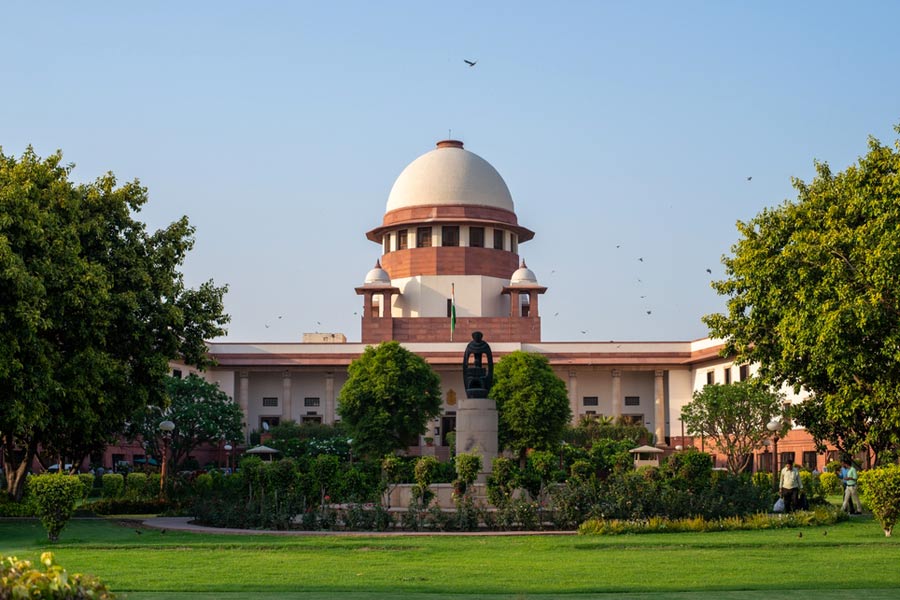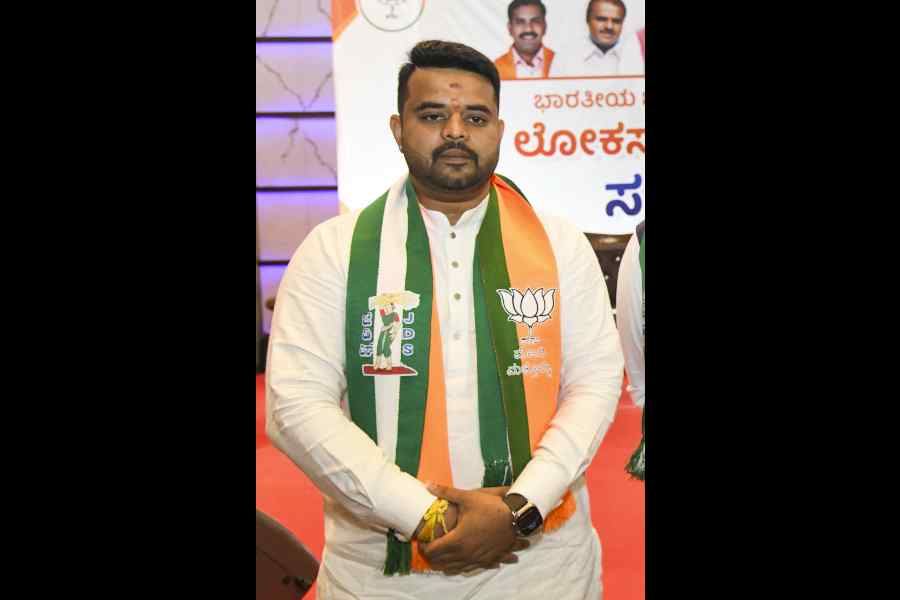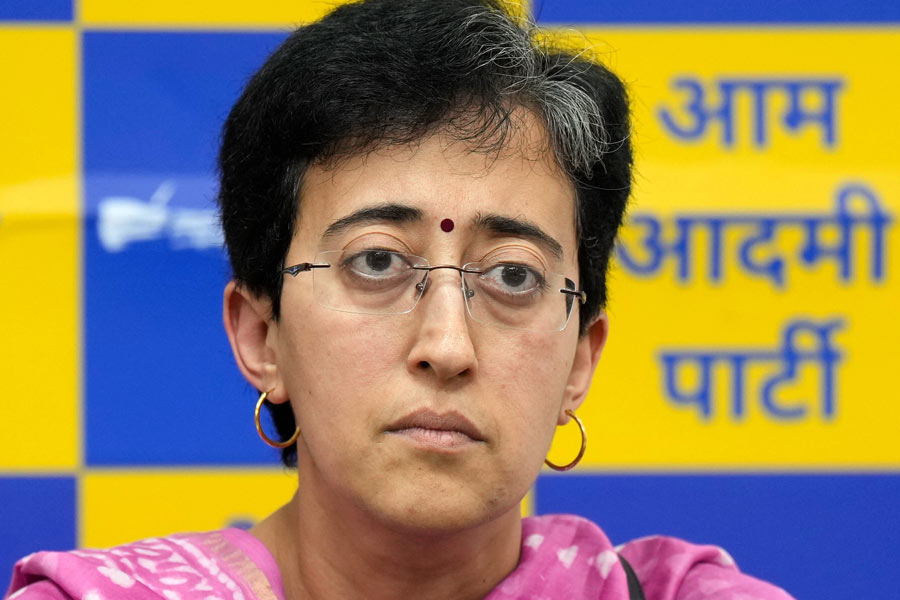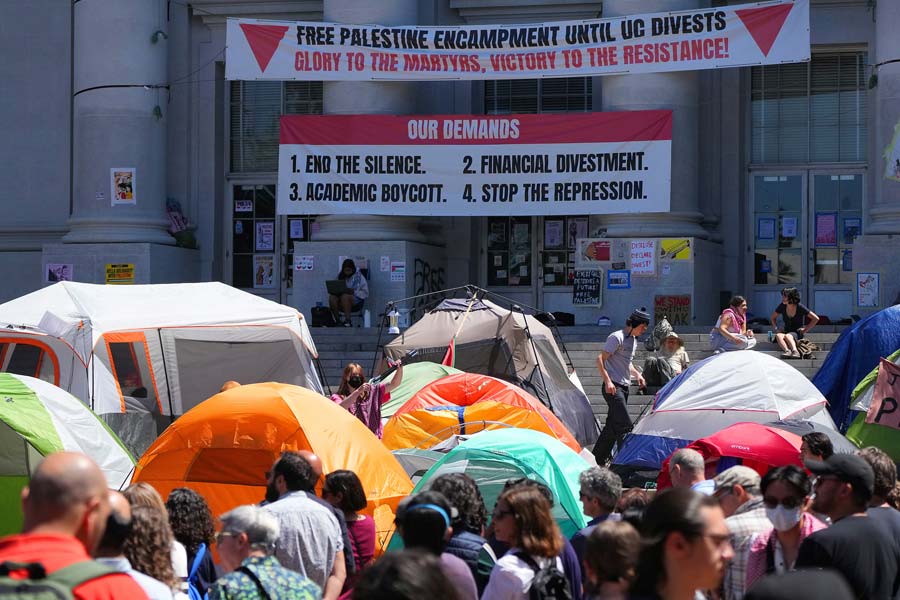Can affirmative action be perfectly targeted? The Centre supported the sub-classification of scheduled castes and scheduled tribes before the Supreme Court during a hearing regarding state governments’ powers to sub-classify quotas within reservations. Sub-classification with a definition of the creamy layer exists in the other backward classes reservation system. The Centre argued in favour of the need for sub-categories in SC and ST quotas as well, since the weakest among these segments are often unable to access reservation benefits. These are distributed among the predominant and vocal segments, some of whom have had much of their social and educational disadvantages ameliorated already. For the sake of parity, equal opportunities and social and economic mobility, the government feels that the State should be able to reach the least privileged. Without that, making effective policies would not be possible. Besides, the limited number of reserved seats in education and government jobs are often taken by the comparatively less weak castes. Two earlier cases had dealt with the issue without settling it fully. Punjab had promulgated a state law, later quashed by the Punjab and Haryana High Court, by which a quota was given to two castes within the reserved segment; if their members failed to satisfy the requirements, the sub-quota would become part of the main one. It was a ‘preference’, not an exclusion. So there is also the allied question of a state’s power to make such a law.
The Centre said that the power to determine SC and ST categories remains with the president alone, but did not suggest the basis of its proposed sub-divisions. Dalit groups, however, have questioned its logic and are wary of divisions within quotas that may cause ill-feeling and disunity within the community, weakening its political mobilisations. It is not clear how the weaker castes will be given more attention. They also argue that castes as a whole cannot be excluded from extra attention, since there are disadvantaged families within groups which have gained with reservations; the exclusion, if at all, should be by family. Besides, the condition of one caste may vary from state to state: it may be extremely underprivileged in one state and less so in another. Classifications within the reserved category that cannot exceed 50% would be difficult, even if the sense of exclusion is assuaged. The kind of perfect social justice envisaged by the Centre would require exhaustive data and planning as well as the people’s trust. A caste census, as some parties in the Opposition alliance have demanded, may be useful for the former. But the Centre has been opposed to such an enumeration exercise.










